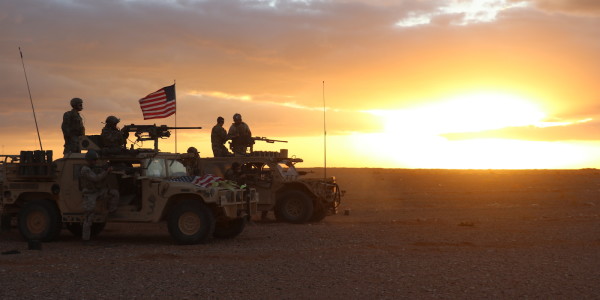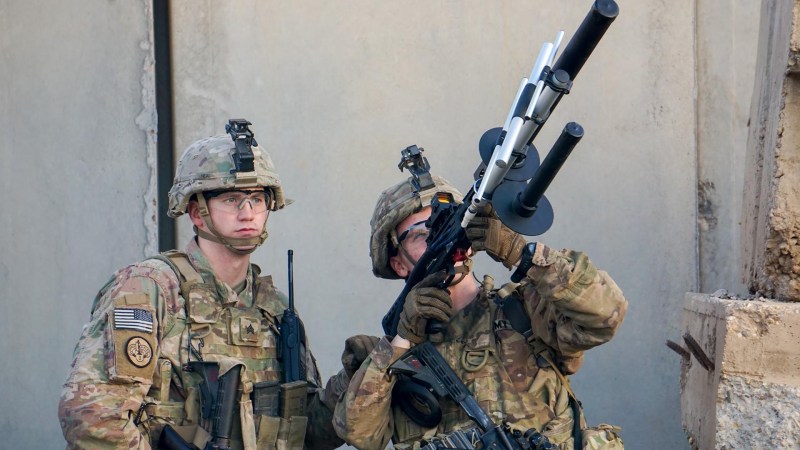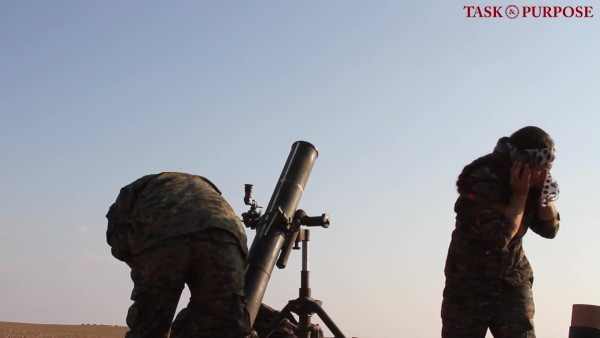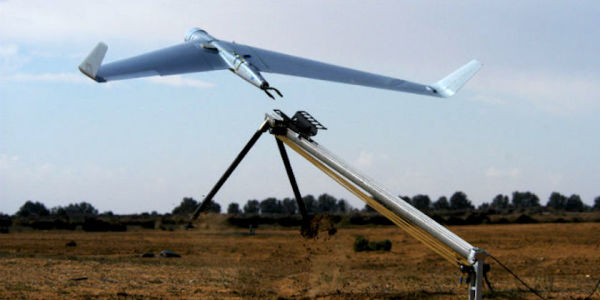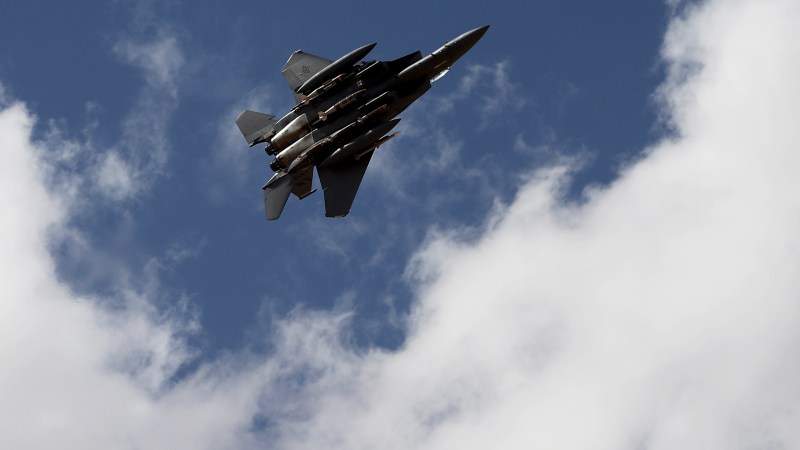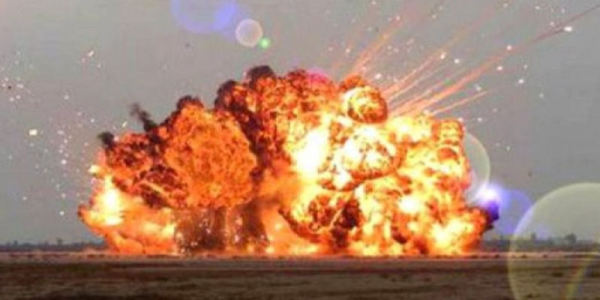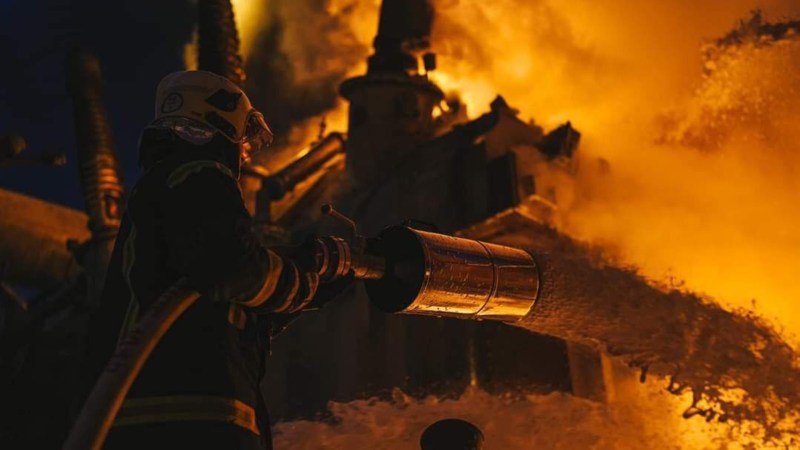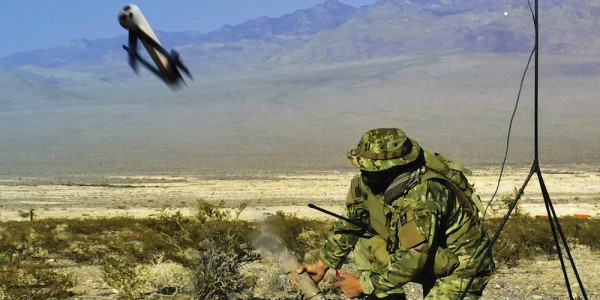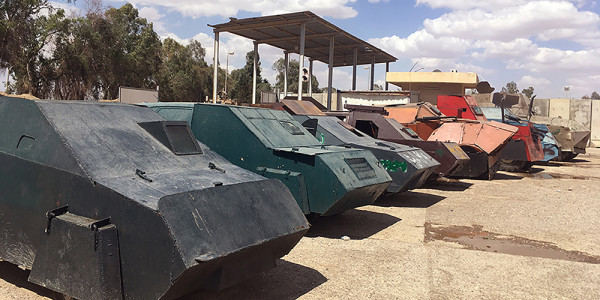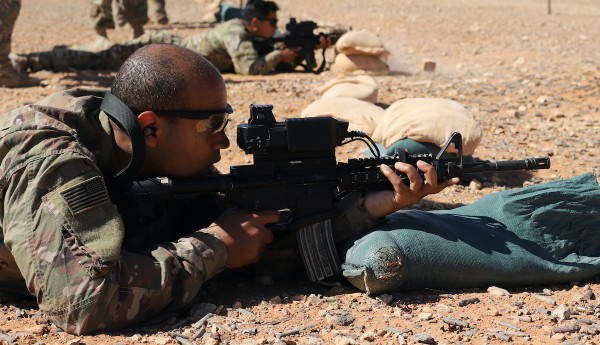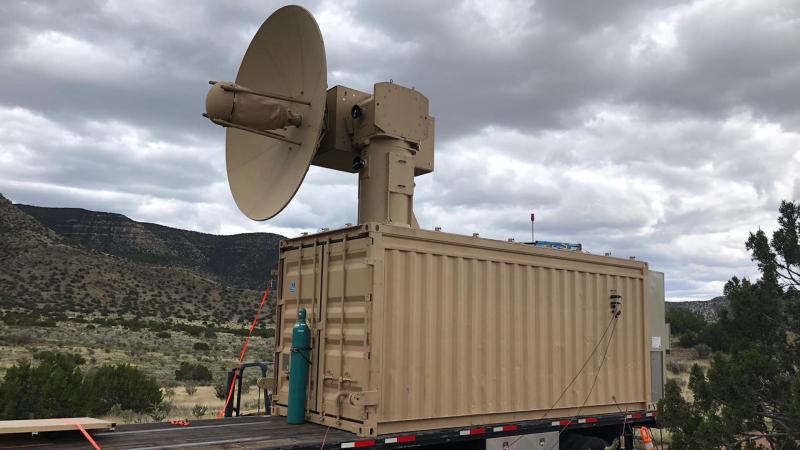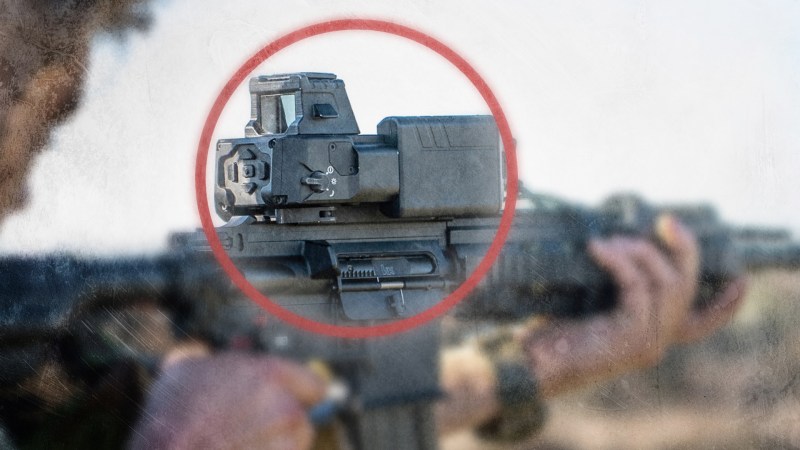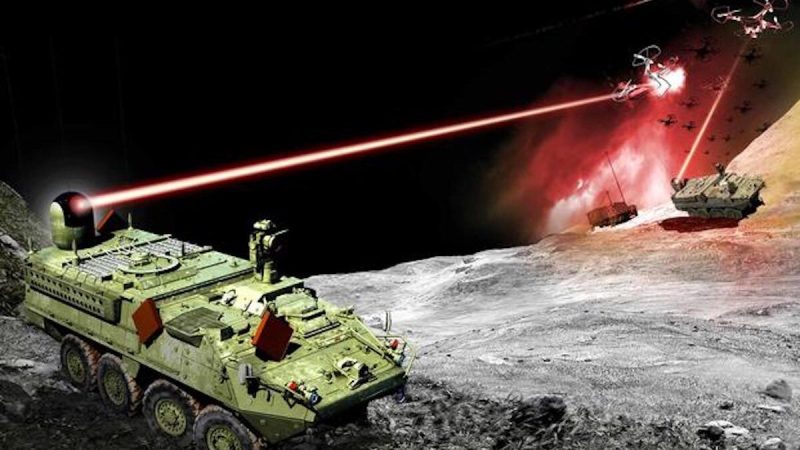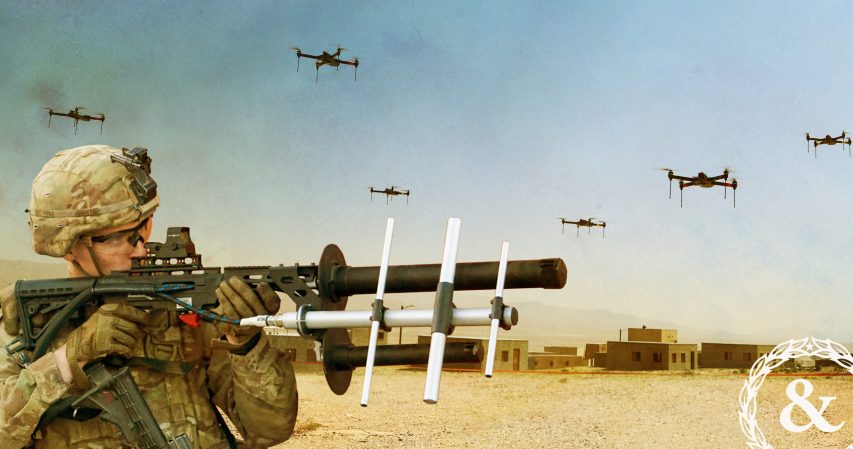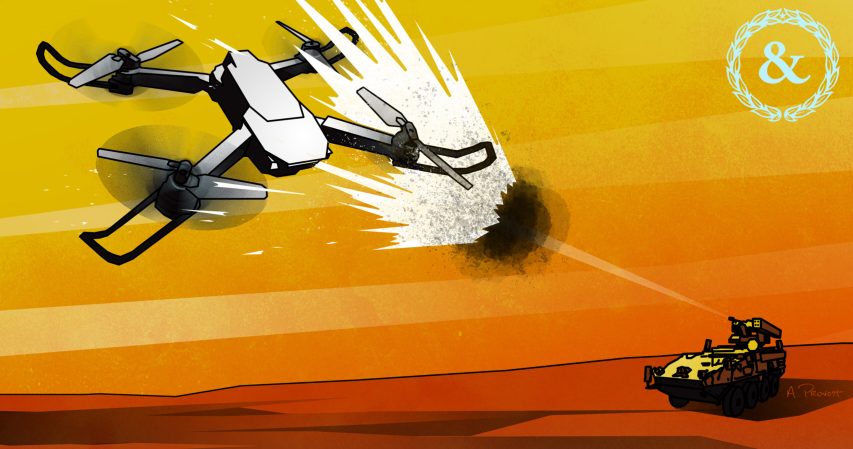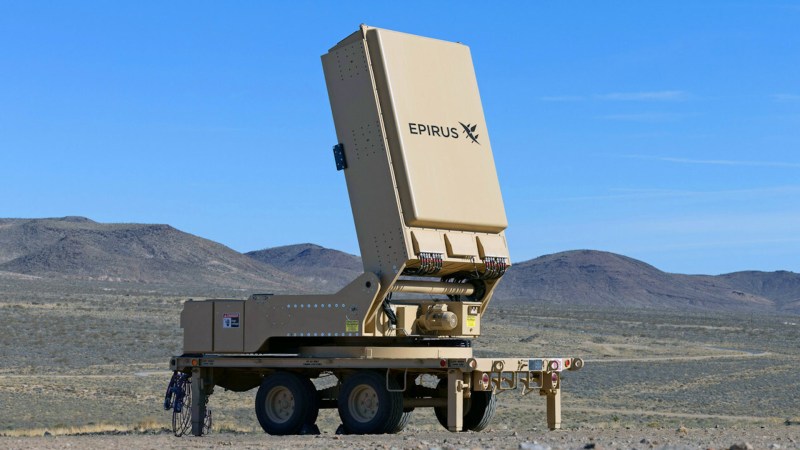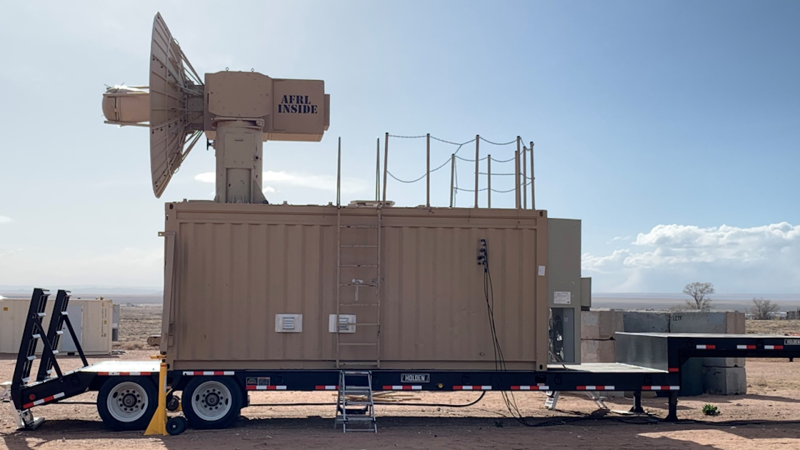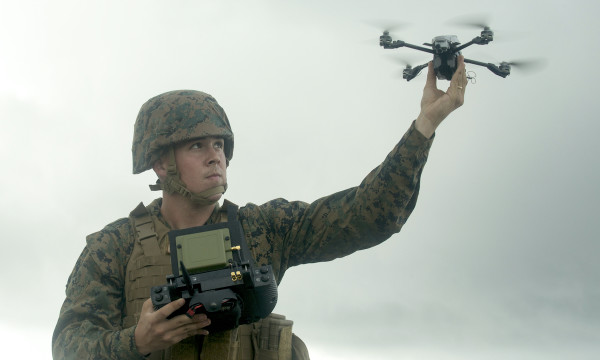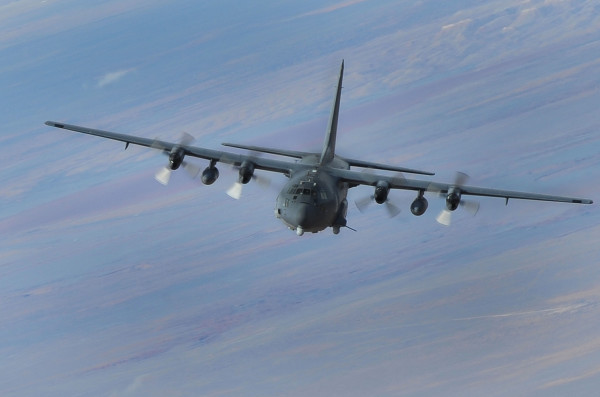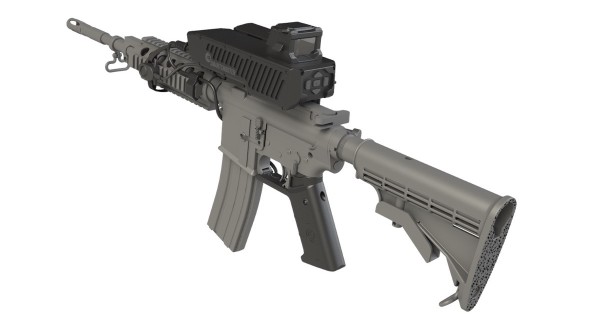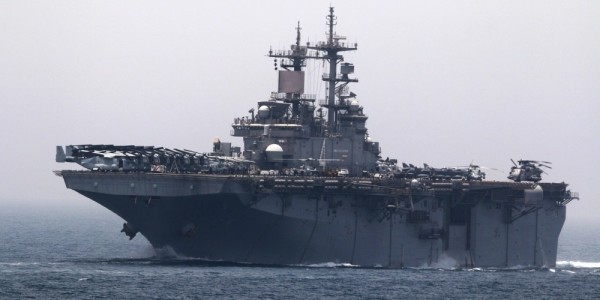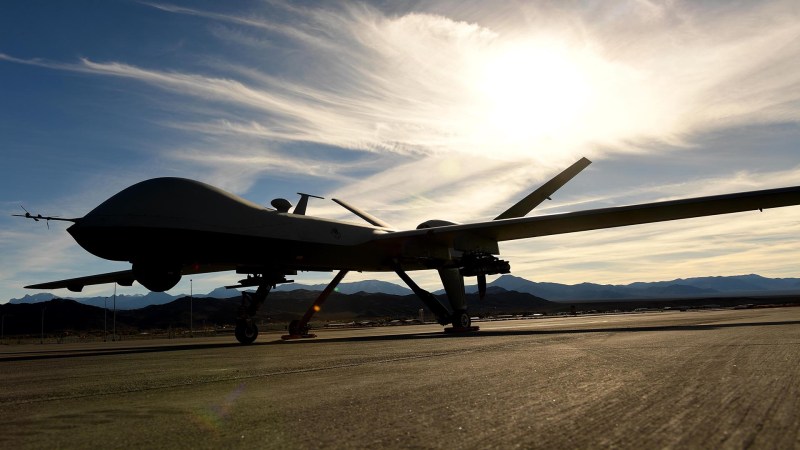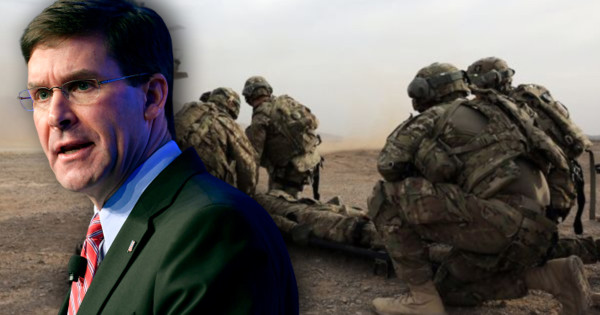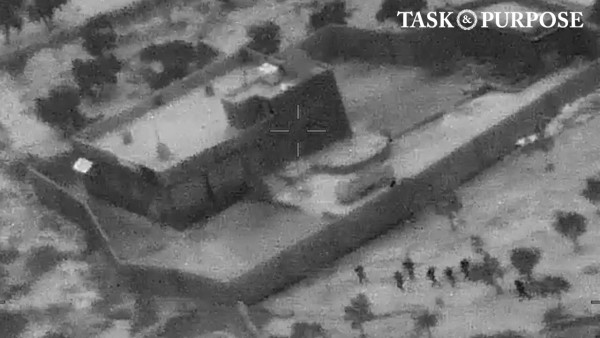Editor’s Note: This article originally appeared on Business Insider.
Drones are dropping explosives on U.S. troops in Syria, and it’s not clear who’s behind the attacks, the head of U.S. Central Command, which is responsible for the region, told lawmakers on Tuesday.
National Public Radio reporter Tom Bowman first reported the attacks on Friday, observing them as he joined a patrol by U.S. soldiers tasked with protecting oil fields in northeast Syria.
“It was a multiday attack on two of the oil fields, the first one since the U.S. mission began last fall to protect the oil fields,” Bowman said on All Things Considered. “There were soldiers from the West Virginia National Guard at one of the fields. And early Wednesday morning, a drone carrying a mortar dropped it near where they were sleeping. No one was injured, and the soldiers quickly drove off the base.”
A drone returned before dawn on Friday and dropped more mortars. “You could see the big circular holes in the ground, pockmarks on the U.S. military trucks and one on one of the oil tanks,” Bowman said.
Sgt. 1st Class Mitch Morgan told Bowman they sprung up when the attack began, mounted their vehicles, and left in two minutes. “As we were going out, they was raining mortars in on top of us,” Morgan said.
Bowman said Army investigators had told him that some of the mortars “were made with 3D printers, which means that obviously someone pretty sophisticated put together these mortars, perhaps a nation-state.”
‘One of my highest priorities’

Questioned on Tuesday about the incidents, U.S. Marine Corps Gen. Kenneth McKenzie, head of Central Command, said there had been attacks by unmanned aerial systems, or UAS, but disputed some of the details.
“We have reports — I don’t think as many as are in the NPR report — but yes … group 1 UAS, which are the small UAS, they’ll try to find a way to carry an explosive and fly it over.”
“The Russians have had some significant casualties in this regard, as have other nations that are operating there,” McKenzie said. “So yes, it is a problem. We look at it very hard. It’s one of my highest priorities.”
McKenzie said his command was still investigating the perpetrator but pointed to ISIS.
“If I had to judge today, I would say possibly ISIS, but [it’s] probably not a state entity operating the drones,” McKenzie told lawmakers.
ISIS has been defeated on the ground in Syria and in Iraq by a U.S.-led international coalition and local partner forces, but it remains in pockets in both countries. ISIS has long used drones for reconnaissance and to drop explosives on opposing forces, often releasing photos and videos of the attacks for propaganda purposes.
Iraqi forces used U.S.-supplied “jammers” to counter the commercial drones ISIS was using in Mosul during the campaign to liberate that city in 2016 and 2017.
‘One of the things that worries me’
The drone attack in Syria highlights the growing threat that small drones pose to US forces.
In early 2019, Marines used their Light Marine Air Defense Integrated System, mounted on an all-terrain vehicle strapped to the deck of the ship carrying them, to down an Iranian drone that flew within 1,000 yards of the them in the Strait of Hormuz.
McKenzie said Tuesday that such drones were a major concern.
“We aggressively pursue anything that will improve the capabilities, particularly against those group 1 and 2 UAS. That is one of the things that worries me the most in the theater every day, is the vulnerability of our forces to those small UAS,” McKenzie said.
Asked about using artificial intelligence and autonomous systems for defense against drones, McKenzie said he was “aware of some experimentation on that” but couldn’t specify.
“We have a very broad set of joint requirements to drive that, so it’s possible there’s something there,” he added.
Counter-drone systems were also included in Central Command’s unfunded priorities list, which contains funding requests not included in the budget request submitted to Congress.

Enemy unmanned aerial systems “have expanded in size, sophistication, range, lethality and numbers” and are being used throughout Central Command’s area of responsibility,” McKenzie wrote in the list, which was obtained by Business Insider.
Their “low velocity and altitude makes them difficult to detect on radar and limited options exist in effectively defeating them,” McKenzie wrote.
The letter requested $67.6 million for systems to “help counter these airborne IEDs and intelligence gatherers.”
Asked Tuesday if his command’s counter-drone needs were being met, McKenzie said he was “convinced the system is generating as much as it can” and that he had talked to Defense Secretary Mark Esper about the issue.
“I own a lot of the systems that are available across the entire United States inventory,” McKenzie said. “I am not satisfied with where we are, and I believe we are at great risk because of this.”
“We’re open to anything, and a lot of smart people are looking at this,” McKenzie added. “We’re not there yet, but I think the Army, having executive agency for this, will actually help in a lot of ways. It will provide a focus to these efforts. This is a significant threat.”
More from Business Insider:
